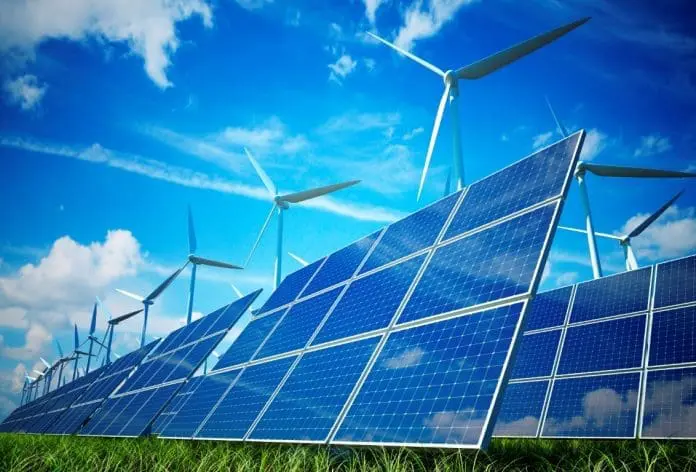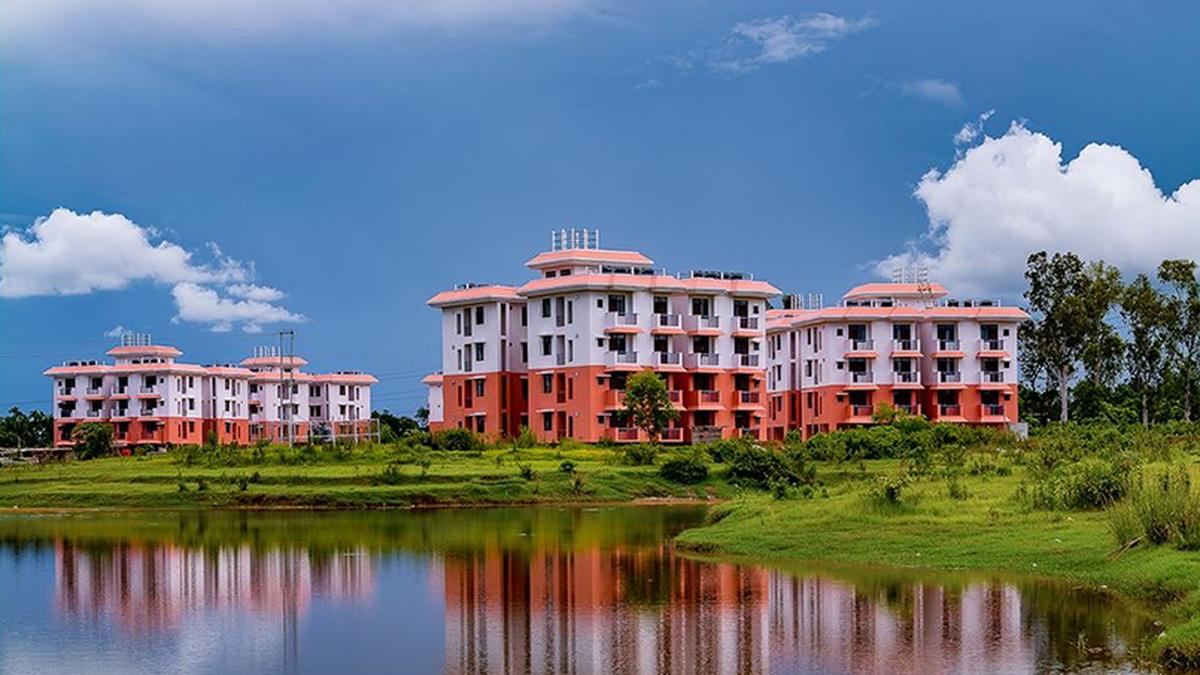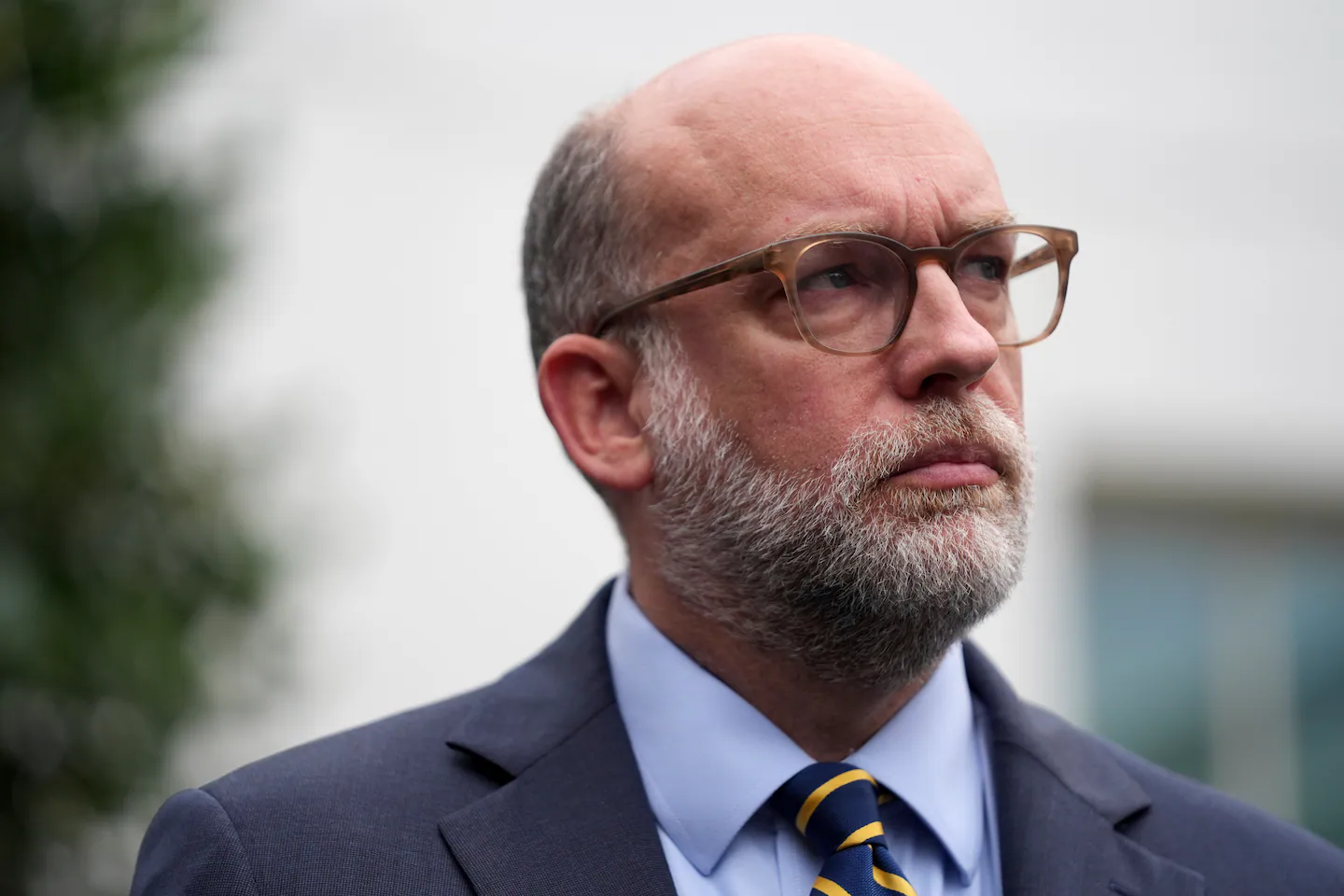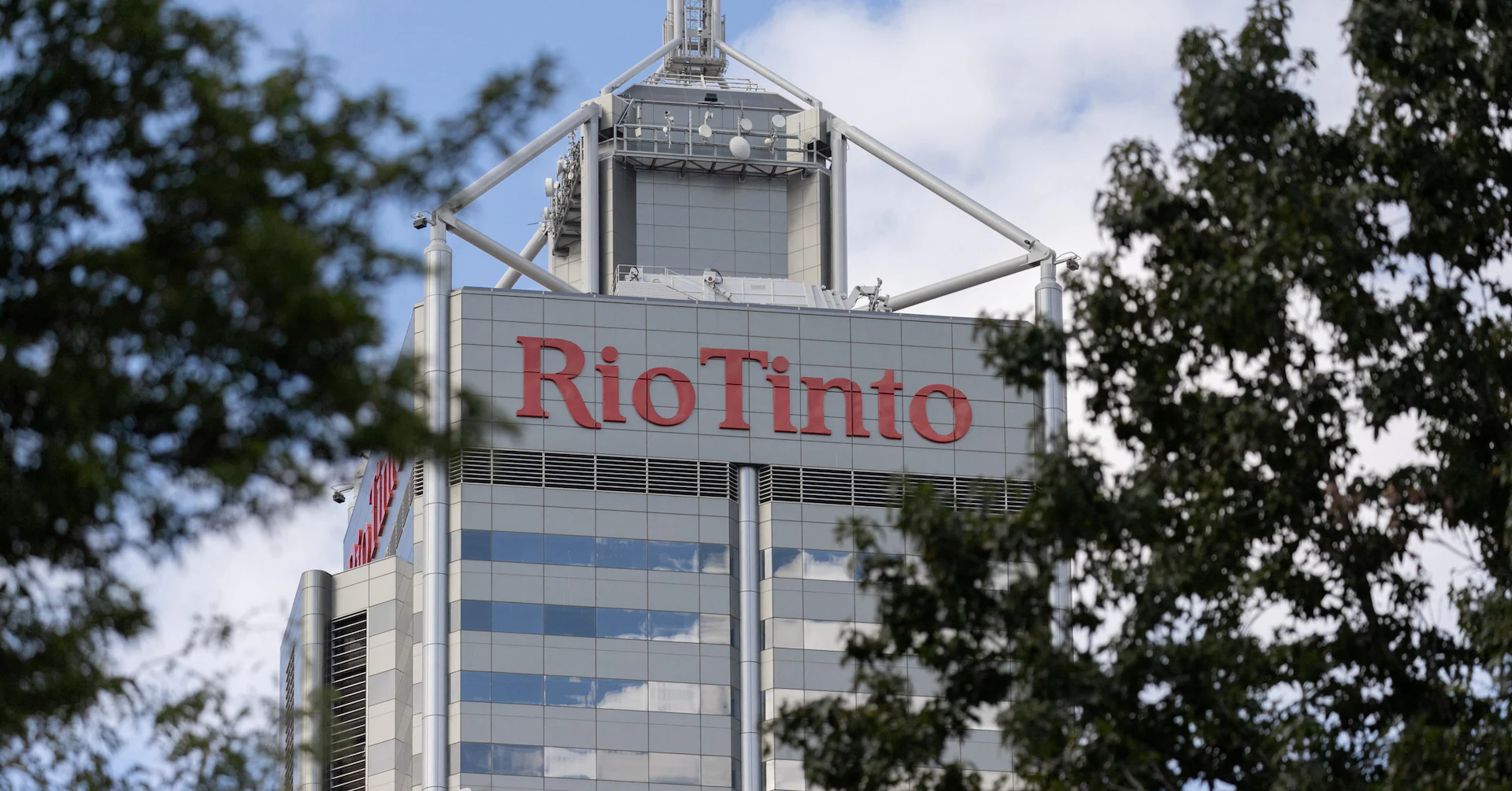By Ghana News
Copyright ghanamma

Ghana has opened the door to $3.4 billion worth of renewable energy investments, betting that a decisive shift toward clean power can simultaneously tackle unemployment, strengthen its continental trade position, and cut carbon emissions by 2030.
Under the government’s Energy Transition Framework, the country plans to add 400 megawatts of renewable energy capacity within five years, supported by both public and private sector funding. That’s not just about meeting climate targets—it’s about creating what officials describe as a new economic foundation built on green technology.
The planned investments span utility-scale solar, wind, and landfill gas projects, along with 1.5 million clean cookstoves for households, expansion of solar street lighting from 100 kilometers to 400 kilometers of road networks, and 400 solar-powered irrigation schemes covering about 400,000 hectares of farmland.
Seth Mahu, who directs renewable energy at the Ministry of Energy and Green Transition, told a Ghana-South Korea business seminar that these initiatives will push renewables from seven percent to 15 percent of Ghana’s power mix by 2030 while generating thousands of green jobs.
The seminar, held under the Water-Energy-Food Nexus Project, brought policymakers and industry leaders together to forge partnerships around climate resilience, food security, and sustainable energy access. Korean companies showcased solutions including thermal drones for predictive management of solar energy facilities, solar monitoring systems for Ghana’s energy transition, upland farming mechanization tools, and off-grid renewable energy power system technology.
What makes Ghana’s pitch distinctive isn’t just the scale of investment—it’s the strategic positioning. Mahu emphasized that Ghana is positioning itself as a regional hub for clean technology production and distribution under the African Continental Free Trade Area (AfCFTA), noting that businesses establishing in Ghana would serve not only the domestic market but also access a continental market of more than one billion people.
That continental advantage sits on top of what’s already a relatively strong energy foundation. National electrification stands above 85 percent, with 98 percent of urban areas connected to the national grid and rural electrification at 71 percent and growing rapidly. The government’s targeting 99.98 percent access by 2030, which would place Ghana second only to South Africa in electricity coverage across the continent.
“This progress means that regardless of where businesses are located, they will have reliable access to electricity to run their investments,” officials noted, pitching it as a competitive edge over countries still struggling with basic power access.
The framework links renewable energy directly to agriculture through solar-powered irrigation, which analysts say could boost food security while insulating farmers from increasingly erratic rainfall patterns. It’s this convergence of climate action, economic opportunity, and infrastructure development that officials hope will attract international green finance.
The social benefits extend beyond jobs. Distributing 1.5 million clean cookstoves could dramatically reduce indoor air pollution, which currently kills thousands annually in homes relying on traditional biomass fuels. Solar irrigation schemes promise to stabilize food production in regions where droughts have become more frequent.
But the real test will be execution. Ghana’s ambitious renewable targets have historically bumped up against financing constraints, regulatory bottlenecks, and institutional coordination challenges. Whether this $3.4 billion pipeline translates into operational capacity depends on how quickly the government can match policy with implementation.
For now, Ghana’s positioning the investment drive as more than just an energy transition—it’s a strategic blueprint to fuel economic growth, build climate resilience, and establish the country as a gateway for Africa’s clean energy future.



